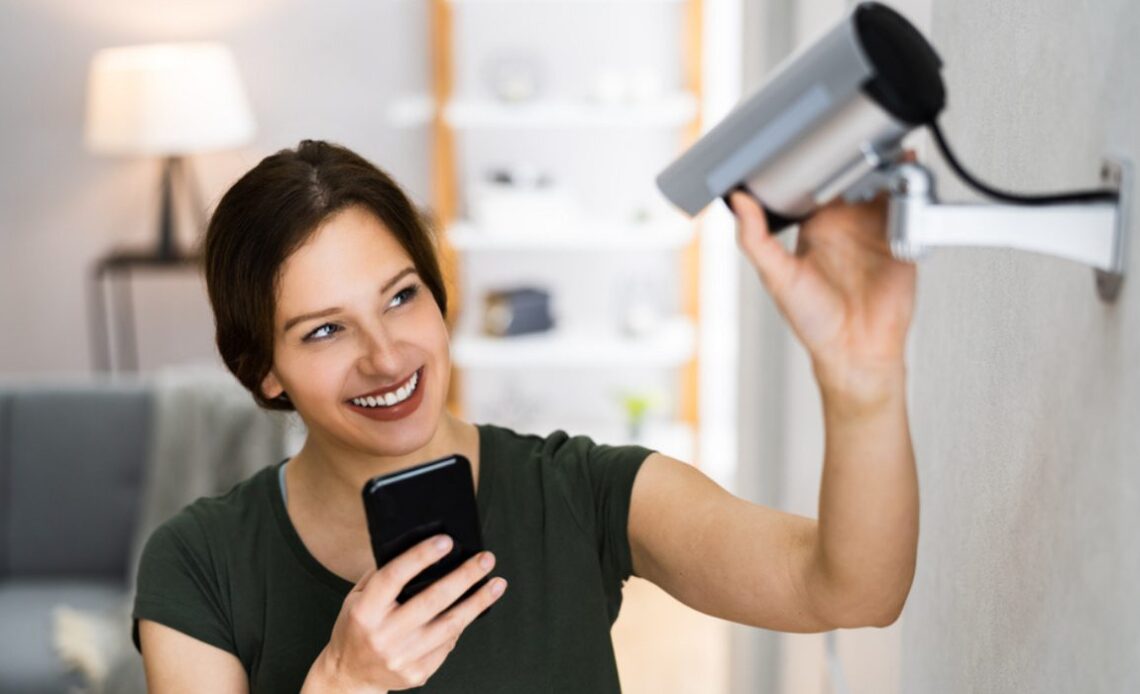In today’s digital world, protecting your home is not just about locks and keys — it’s about smart technology. With rising interest in smart home security, many Indian families are upgrading to automated systems that can be controlled from mobile phones.
One of the most important elements in this setup is the security camera for homes. But to make the most of it, your camera needs to work smoothly with other smart devices like lights, sensors, alarms, and digital assistants.
If you’re planning to create a fully connected and secure home, this blog will guide you step-by-step on how to integrate your security cameras with other smart devices, so you get peace of mind and convenience in one package.
1. Pick the Perfect Camera for Your Needs
The first step in setting up a smart security system is choosing the right security camera for your home. Your choice should match your space, budget, and safety needs.
- For outdoor use, go for cameras that are weatherproof and can capture footage in low light or at night.
- For indoor areas, smaller cameras with wide angles are ideal to monitor entire rooms.
- If you travel often, look for cameras that support remote viewing from your smartphone.
Also, check if the camera can connect with other devices over Wi-Fi or Bluetooth. This will make it easier to build a larger smart home security network.
2. Ensure All Devices Speak the Same Language
To create a seamless, smart system, your security camera must work effectively with other devices, such as motion sensors, smart lights, and door locks. The next step is to select compatible devices that can connect through a common platform or mobile app.
When shopping for gadgets:
- Make sure they support the same protocols (such as Wi-Fi, Zigbee, or Z-Wave).
- Check if they can be controlled from the same app or dashboard.
- Select devices that support integration with voice assistants, such as Google Assistant or Alexa.
This ensures that all devices in your home are synced and can respond to each other’s signals.
3. Create Smart Rules for Daily Convenience
Once your devices are connected, it’s time to set up automation rules. This means linking devices so they can act based on triggers, all without you pressing a button.
Here are a few simple examples:
- If the camera detects motion at night, it can trigger the smart lights to turn on automatically.
- When you leave home and lock the smart door, the camera and alarm system can activate on their own.
- If someone rings the smart doorbell, the indoor light turns on, and you get a live video alert.
These small rules make daily life easier while keeping your home safe, especially when you’re away.
4. Make Use of AI and Face Recognition Features
Modern security cameras are not just about recording footage — they come with smart features like AI detection and facial recognition.
Here’s how these features help:
- The camera can tell the difference between a pet, a family member, or a stranger.
- Facial recognition allows the camera to identify known people and avoid sending false alerts.
- Some cameras can even learn your routine and alert you when something unusual happens.
To use these features, you may need to enable them in the camera settings or app. Once activated, these smart tools greatly improve your smart home security setup by reducing unnecessary notifications and focusing only on real threats.
5. Set Notifications and Alerts the Smart Way
Alerts are the heart of any security system. But too many alerts can be annoying. That’s why you need to configure your automation and alerts smartly.
Here’s how:
- Schedule notifications based on time (for example, only at night or when you’re not at home).
- Set zones in your camera’s view — like focusing only on the gate or front door, instead of the entire street.
- Customise alerts based on activity type — for example, only when a person is detected, not animals or vehicles.
Also, link alerts with other devices: if the camera senses movement, the smart speaker can play a sound, or the bedroom light can blink to alert you.
6. Consider Professional Help for Installation
While DIY setups are common, you might still want to work with professional installers if your home has many devices or larger areas to cover. Experts can:
- Recommend the best locations for your security cameras.
- Set up proper wiring or power supply, if needed.
- Help you integrate all devices without technical errors.
- Ensure the camera settings are properly configured for best performance.
Professional support is especially helpful for large independent houses, bungalows, or apartment complexes with more complex needs.
Final Thoughts: A Smarter, Safer Home for You
Integrating smart devices with a security camera for homes is a smart move that offers more than just safety. It brings comfort, convenience, and control to your daily life. From turning on lights when motion is detected to getting alerts when a visitor arrives, your home can think and act on its own.
By selecting the right camera, choosing compatible devices, and setting up useful automation, you can enjoy a modern smart home security system that works quietly in the background, so you can relax and feel safe, wherever you are.
Whether you’re tech-savvy or new to smart gadgets, the future of home security is simple, smart, and right at your fingertips.

